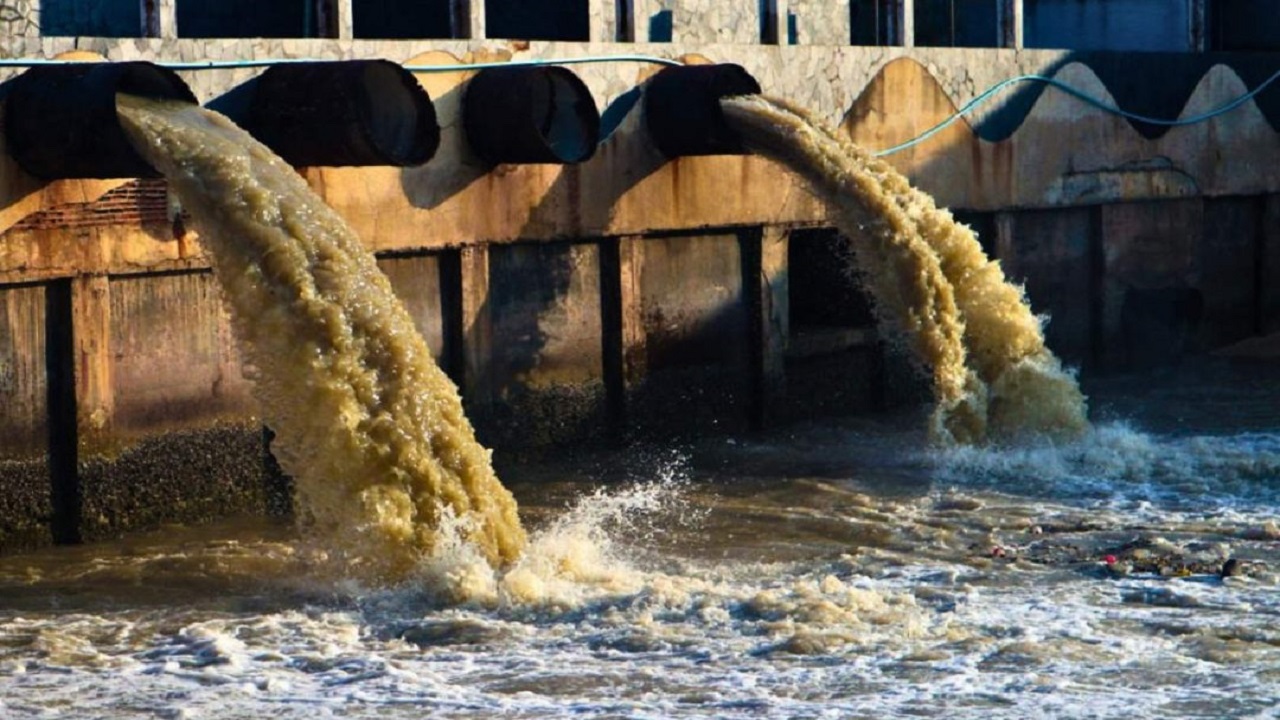Rains, Ruins, and Reforms: The Urban Drainage Dilemma in India
Context
Urban flooding has become a recurring crisis in major Indian cities such as Delhi, Mumbai, and Bengaluru. The primary causes include dysfunctional drainage systems, unplanned urbanisation, climate change, and rising concretisation. These developments have drawn urgent attention towards strengthening urban flood management and stormwater infrastructure.
What is Urban Drainage?
Urban drainage refers to the infrastructure and systems designed to manage rainwater and prevent flooding in city areas. This includes stormwater drains, natural water bodies, recharge structures, and drainage channels. However, many of these systems are now outdated, overloaded, or poorly maintained.
Urban Drainage Crisis in India: Recent Trends
According to the Ministry of Housing and Urban Affairs (MoHUA):
-
Over 70% of urban areas lack scientifically designed stormwater drainage systems.
Mumbai
-
Drainage infrastructure built in the 1860s handles only 25 mm/hour rainfall.
-
The city now frequently records over 100 mm/hour, far beyond current capacity.
-
80% of natural water bodies have been lost in the past four decades.
Delhi
-
Drainage standards based on 1976 norms, designed for 50 mm/day rainfall.
-
In May 2025, the city received 185.9 mm in a single day—over 9 times the normal.
Bengaluru
-
Naturally lacks a river system; heavily dependent on interlinked lakes.
-
Outdated and narrow stormwater drains are frequently overwhelmed.
-
Over 65% of lakes have been encroached, especially Bellandur and Varthur, now surrounded by concrete.
Reasons Behind Drainage Failures
Natural Factors
-
Intensified Rainfall Patterns: Climate change has increased the frequency of short, high-intensity rainfall events.
-
Example: In 2023, Delhi recorded over 100 mm rainfall within an hour.
-
-
Low-Lying Topography: Cities like Mumbai and Bengaluru are naturally prone to waterlogging due to their elevation profiles.
Man-Made Causes
-
Unplanned Urban Expansion: Encroachment on floodplains, reduction in green cover, and unchecked concretisation have reduced the ground’s ability to absorb water.
-
Inadequate Design Norms: Many drains are designed for 1-in-2-year storm events, which is no longer sufficient.
-
Illegal Constructions: Encroachments and unauthorised coverings on drains make desilting and maintenance challenging.
-
Sewage and Drainage Overlap: Cities like Patna and Bhopal do not have separate lines for sewage and stormwater, leading to backflow and blockages.
Government Measures to Address the Drainage Challenge
-
Manual on Stormwater Drainage Systems (2019): Recommends updating norms to accommodate 1-in-5 or 1-in-10 year flood events.
-
AMRUT 2.0: Encourages integrated stormwater planning and rainwater harvesting near urban water bodies.
-
Jal Shakti Abhiyan and Atal Bhujal Yojana: Support groundwater recharge in urban regions through check dams and recharge pits.
-
Model Building Bye-Laws (2016): Mandates rainwater harvesting for plots larger than 100 sq. m.
-
Amrit Sarovar Mission: Focused on rejuvenating urban water bodies to increase stormwater holding capacity.
-
GIS-Based Mapping: Cities like Delhi are adopting simulation models to redesign drains based on changing land-use patterns.
Way Forward
-
Underground Rainwater Storage: Construct retention tanks under parks and open spaces to absorb excess runoff.
-
Strict Enforcement of Codes: Ensure compliance with zoning regulations and building bye-laws related to drainage and rainwater harvesting.
-
Decentralised Infrastructure: Promote rooftop gardens, permeable pavements, and bioswales to slow and absorb water.
-
Regular Drain Maintenance: Ensure periodic desilting and cleaning, especially before monsoon seasons.
-
Public Education: Launch awareness drives on waste disposal, water conservation, and the importance of not encroaching water channels.
Conclusion
The urban drainage crisis in India is a complex challenge shaped by outdated infrastructure, rapid urbanisation, and climate extremes. While the government has introduced several policy-level solutions, effective results require:
-
Multi-level coordination between municipal, state, and central agencies.
-
Robust enforcement of building and environmental norms.
-
A shift from a reactive approach to a resilience-based strategy in urban planning.
Urban drainage must now be seen not just as a utility issue, but as a critical component of sustainable and climate-resilient urban development.

.jpg)

.jpg)
Comments (0)